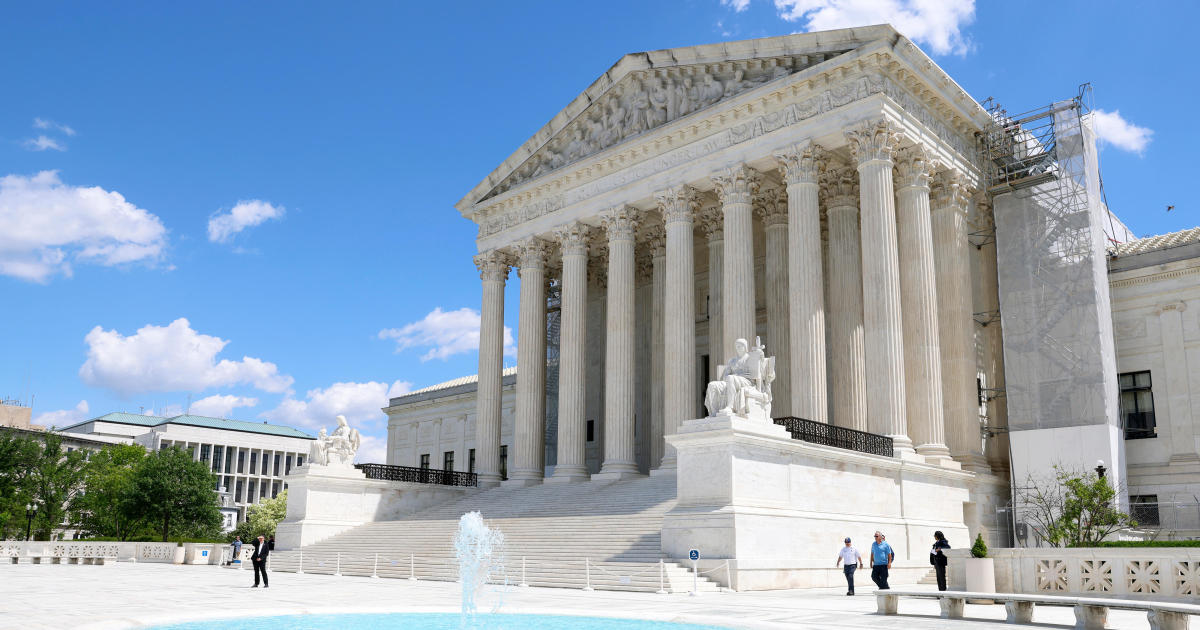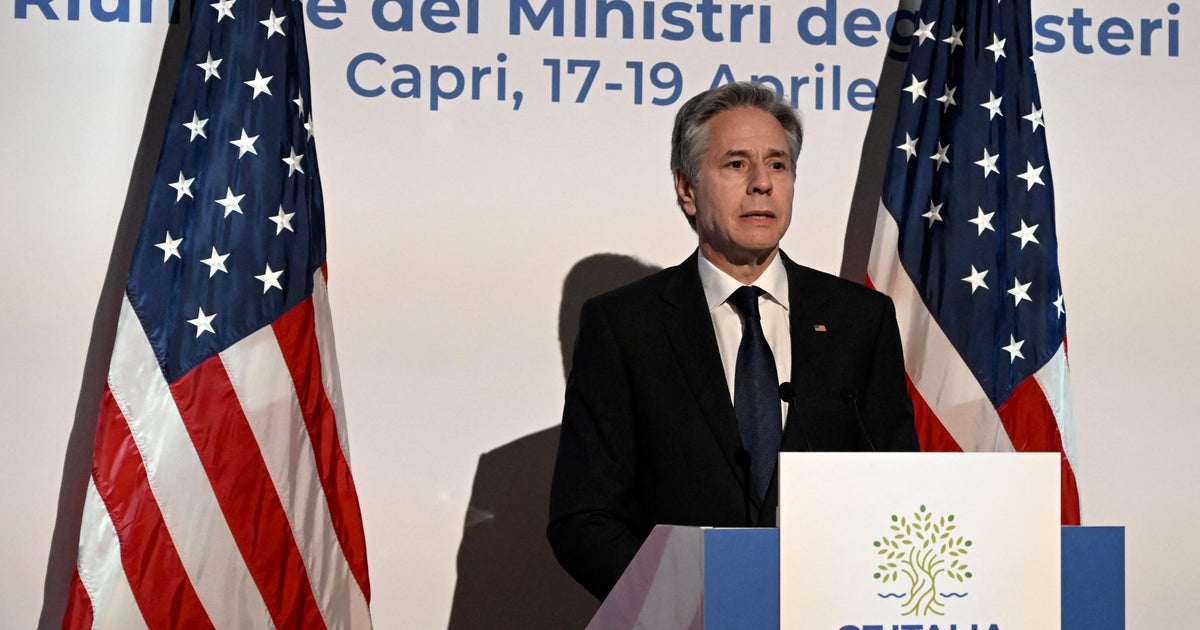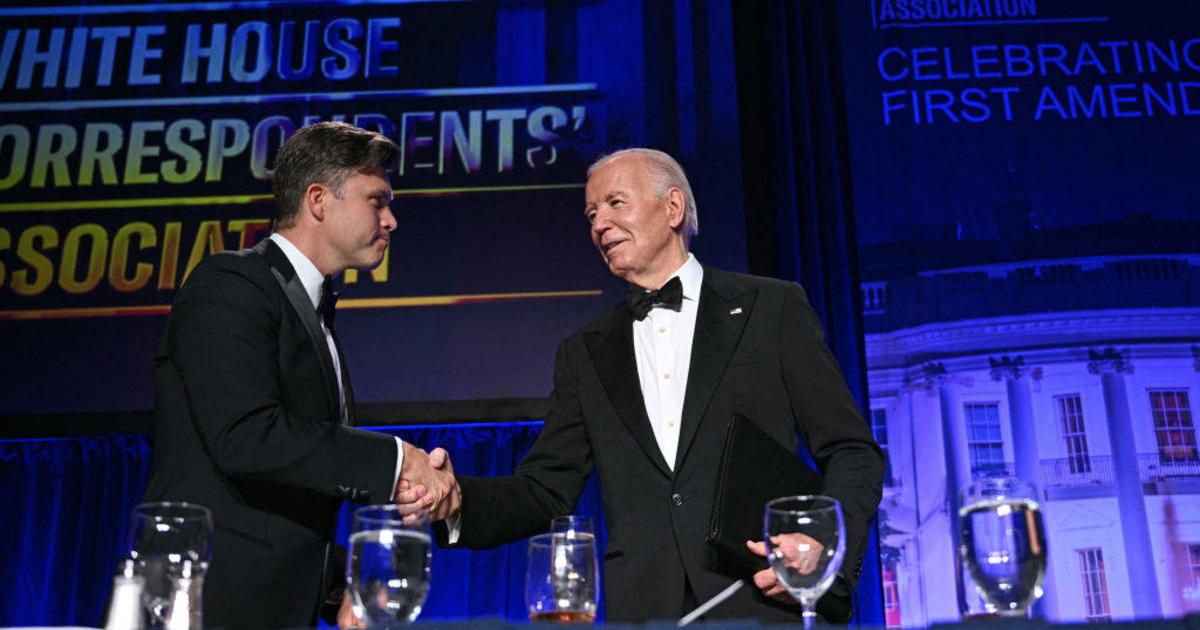How Biden's latest student loan forgiveness differs from debt relief blocked by Supreme Court
Washington — The Biden administration announced Friday that it will wipe out $39 billion in student debt for more than 800,000 borrowers, relief that comes weeks after the Supreme Court invalidated a separate, broader effort by President Biden to address student loan debt.
Unlike the broad forgiveness Mr. Biden originally attempted to provide, the forthcoming debt discharges by the Department of Education are narrower, stemming from "fixes" announced by the administration in April 2022 to ensure borrowers enrolled in income-driven repayment plans have an accurate count of the number of monthly payments that go toward forgiveness.
The new student debt plan also relies on a different law than the one that was struck down by the Supreme Court. Under the 1965 Higher Education Act and federal regulations, a borrower is eligible for loan forgiveness after making 240 or 300 qualifying monthly payments — roughly 20 or 25 years of payments — on an income-driven repayment plan or standard repayment plan. The administration said "inaccurate payment counts" caused borrowers to lose "hard-earned progress" toward having their loans forgiven, which it has sought to remedy.
Loans covered include Direct Loans or Federal Family Education Loans held by the Department of Education, including Parent PLUS Loans.
The Supreme Court student loan decision
The latest announcement from the Department of Education is part of the Biden administration's efforts to provide relief to Americans with student loan debt, and is different from the program struck down by the Supreme Court late last month.
Under that plan, which the court's conservative majority said is unlawful, eligibility depended on income. Borrowers earning up to $125,000 annually could have up to $10,000 in student debt forgiven. Qualifying Pell Grant recipients, students with the greatest financial need, who met the income threshold could have had up to an additional $10,000 in relief.
That plan by the Biden administration was far more sweeping, with an estimated 40 million Americans eligible for relief, 20 million of whom would have had their loan balances erased.
The program also relied on a different law — the HEROES Act — than the loan discharges announced Friday. The HEROES Act authorizes the education secretary to "waive or modify" student financial assistance programs for borrowers "in connection" with a national emergency, such as the pandemic.
But the Supreme Court disagreed, finding the administration overstepped its authority with its plan to erase $430 billion in student debt.
The court also invoked the so-called "major questions" doctrine in part of its ruling, a legal theory that holds there must be clear congressional authorization for an executive branch agency to decide an issue of "vast economic or political significance."
The "economic and political significance" of the loan forgiveness plan, Roberts wrote, "is staggering by any measure." The court ruled that the education secretary could modify "existing statutory or regulatory provisions" under the Education Act, but "not to rewrite that statute from the ground up."



